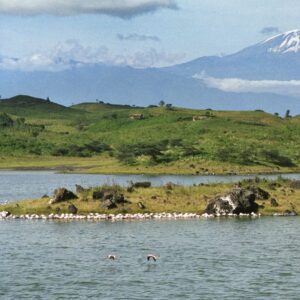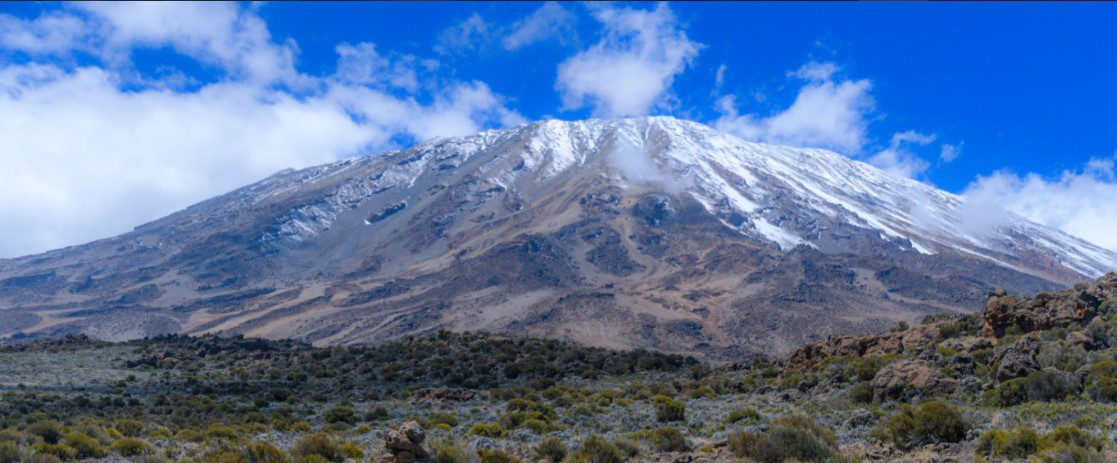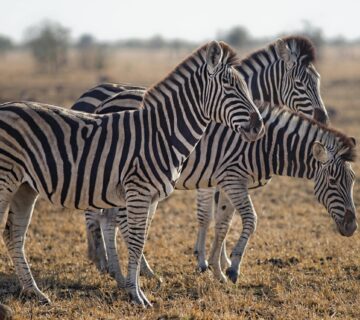What is the Success Rate of Kilimanjaro Hikes?
Climbing Mount Kilimanjaro is one of the most thrilling and rewarding experiences for any adventure lover. As Africa’s highest peak and one of the world’s most famous climbs, it draws thousands of trekkers every year, from beginners to seasoned adventurers. But for many, the biggest question is: What is the success rate of Kilimanjaro hikes? Understanding this is essential for anyone considering the journey, as it can give insight into preparation, the challenges of the climb, and what you can expect on this epic adventure.
Mount Kilimanjaro, standing at 5,895 meters (19,341 feet), is one of the Seven Summits the highest mountains on each continent. It is often considered the ultimate trekking challenge due to its unique appeal: no technical climbing skills are required. Instead, climbers can reach the summit on foot, making it an accessible challenge for hikers of all abilities.
Kilimanjaro attracts climbers from all over the world, as it provides a chance to experience different ecosystems, from lush rainforests to barren alpine deserts, all in one hike. However, the climb still poses significant challenges. Altitude sickness, exhaustion, unpredictable weather, and the physical and mental demands of hiking for several days all contribute to the success rate.
What Determines the Success Rate of Kilimanjaro Hikes?
To accurately assess the success rate, several factors come into play. These factors directly affect a climber’s chances of reaching the summit and should be considered during planning.
Climbing Route

Mount Kilimanjaro has several routes to the summit, each offering different experiences and success rates. The most popular ones include Machame, Marangu, Lemosho, Rongai, and Northern Circuit. Some routes, like the Machame and Lemosho, are longer and provide better acclimatization opportunities, which increases the chances of success. Others, like the Marangu route, are shorter but have a lower success rate due to insufficient acclimatization.
In general, the more days you spend on the mountain, the better your chances of reaching the summit. Longer routes give your body more time to adjust to the higher altitude, which helps reduce the risk of altitude sickness.
Altitude Sickness and Acclimatization
One of the most significant obstacles to a successful Kilimanjaro summit is altitude sickness. As climbers ascend, the oxygen levels decrease, which can lead to symptoms such as headaches, dizziness, nausea, and fatigue. The higher you go, the more likely you are to experience these symptoms.
Proper acclimatization is key to overcoming altitude sickness and increasing your success rate. This is where the longer routes shine, as they allow for gradual ascent with multiple rest days for acclimatization. Without proper acclimatization, your body may not adjust, significantly reducing your chances of summiting.
Climbing Time and Fitness Levels
While no technical skills are required, the physical demands of climbing Kilimanjaro should not be underestimated. It requires stamina, mental toughness, and a good level of fitness. Trekkers must be prepared for long days of hiking on steep terrain, often in harsh weather conditions.
Climbers who arrive well-prepared with a solid fitness base are far more likely to complete the hike successfully. Regular cardio and strength training in the months leading up to the climb can make a significant difference. However, even those who are not seasoned athletes can summit if they approach the challenge with determination and the right mindset.
Age and Health Conditions
Age and overall health can play a role in the success rate. While there is no strict age limit for climbing Kilimanjaro, trekkers aged 20-60 are typically the most successful. That said, older climbers and those with certain health conditions may still summit, but it’s essential to consult with a healthcare professional beforehand.
Additionally, those with pre-existing conditions, particularly heart or respiratory issues, should approach the climb with extra caution. The altitude and exertion can exacerbate health problems, so it’s crucial to assess your health before undertaking such a challenging hike.
Guides and Support Team
Kilimanjaro is a tough climb, but having a competent and experienced support team increases the likelihood of success. Guides, porters, and cooks are not just there to carry your gear or cook meals. They provide essential advice, monitor climbers for signs of altitude sickness, and ensure your well-being throughout the trek.
Choosing a reputable tour company that follows responsible and sustainable practices can enhance your experience. Experienced guides will be able to determine if someone needs to descend due to altitude sickness or fatigue, thereby preventing potentially dangerous situations.
What is the Success Rate of Kilimanjaro Hikes?
Based on available data, the overall success rate for climbers reaching the summit of Kilimanjaro is generally estimated at around 65% to 75%. This means that approximately two-thirds of trekkers will successfully reach Uhuru Peak, the highest point on the mountain. However, this rate can vary significantly depending on the route, the duration of the climb, and the physical condition of the climbers.
For instance, the Marangu route, which is the shortest and most popular, has a success rate of about 50%. This is largely due to the limited acclimatization time, as climbers often ascend too quickly, increasing the risk of altitude sickness.
On the other hand, routes like Lemosho or Machame have higher success rates of around 80% or more. These routes are longer and provide better acclimatization opportunities, which significantly enhance a climber’s chances of making it to the summit. Therefore, choosing the right route is one of the most important factors in increasing your success rate.
Tips for Improving Your Chances of Success
If you’re planning to climb Kilimanjaro, there are several things you can do to maximize your chances of success:
Choose the Right Route: If you’re a first-time climber or concerned about acclimatization, opt for a longer route like Lemosho or Machame. These routes provide the best opportunity for gradual ascent and better acclimatization.
Train in Advance: Physical preparation is key. Focus on cardiovascular fitness, endurance, and strength. Simulating hiking with a backpack and hiking at higher altitudes will help your body adapt to the conditions you will face on Kilimanjaro.
Stay Hydrated and Eat Well: Proper nutrition and hydration are essential for maintaining energy levels and avoiding altitude sickness. Eat balanced meals and drink plenty of water throughout the trek.
Listen to Your Body: If you experience any symptoms of altitude sickness, inform your guide immediately. Don’t push through severe symptoms — your health is the most important thing.
Give Yourself Time: Allow yourself extra time to rest, especially during the climb. Avoid rushing to the summit, as slow and steady progress is the best approach for acclimatization.
Final Thoughts
Climbing Mount Kilimanjaro is a life-changing experience. While the success rate may vary, those who prepare adequately both physically and mentally have a significantly higher chance of standing on the summit. The key to success lies in choosing the right route, acclimatizing properly, and maintaining the right mindset.
Remember that Kilimanjaro isn’t just about reaching the summit. It’s about the journey, the people you meet along the way, and the personal growth that comes with taking on such an incredible challenge. Whether or not you make it to the top, the adventure itself will remain with you forever. So, take the leap, train well, and embrace the challenge success is within your reach.





